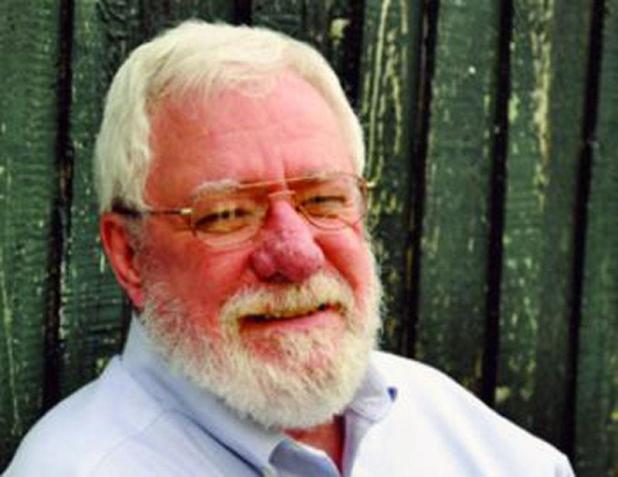
Jim Bradshaw
Persistence created ‘miracle’ waterway
Someone once called the Gulf Intracoastal Waterway a “thousand-mile miracle,” but there was nothing miraculous about getting it built. The miracle was that the idea for the canal came from west Texas, not south Louisiana.
The idea of using inland waterways had been around well before Louisiana became a state. U.S. Treasury Secretary Albert Gallatin formally urged Congress to consider it in 1808. The War of 1812 crimped funding for his scheme, but it also reinforced his idea that waterways were needed for military transport as well as everyday commerce.
Army engineers were finally given a little money for planning in 1824, but focused on the Atlantic coast, where most Americans lived in those days. They did think about a shortcut from the Atlantic to the Gulf across the Florida peninsula, but Louisiana never entered their thoughts.
It didn’t matter. Those plans got no further than a few lines on a map. Waterways languished for the next 50 years while money poured into the more exciting prospects offered by railroads.
It wasn’t until March 1873 that Congress approved spending “not to exceed twenty thousand dollars” for a survey “connecting the inland waters along the margin of the Gulf of Mexico” from Donaldsonville to the Rio Grande. Two survey teams did the Louisiana work. One began at the Mississippi River, the other at Sabine Lake. They met on June 6, 1873, between Vermilion Bay and White Lake, went to New Orleans to write a report, then forgot about the whole thing.
The engineer in charge did say a waterway across western Louisiana and into east Texas would replace long, often-obstructed routes using the Atchafalaya or Bayou Lafourche, and would connect the Mermentau, Calcasieu, Sabine, and Neches rivers with seaports at New Orleans and Galveston.
Both were good ideas, he said. But, as one history put it, “the prospect of dredging an inglorious ditch through an often desolate … swampland did not fire the imagination or loosen the purse strings of Congress.”
Congress did not look seriously at waterways planning again until 1909, and then largely because of relentless lobbying by a group of business owners in Victoria, Texas. They’d organized The Inland Waterway League in 1905 to push for a route from the Great Lakes, down the Mississippi, then along the Louisiana and Texas coastlines.
That summer they put ads in Louisiana and Texas newspapers calling for a convention to discuss “the feasibility, plans, and final construction of an intracoastal canal from Brownsville, Texas, to Donaldsonville, Louisiana, and for the purpose of organizing an intracoastal league.”
Several south Louisiana organizations supported the idea, but nobody went to the convention. Everybody was quarantined by a yellow fever epidemic.
Once again, there was mostly talk and little action from Congress, but the group was persistent. It may have been just to shut it up that, finally, the Rivers and Harbors Act of 1925 appropriated $9 million to begin a waterway nine feet deep and 100 feet wide from New Orleans to Galveston. It looked like the canal could become a reality.
That spurred a great deal of excitement, and towns across south Louisiana (as they had when the railroad came through in 1880) wanted a piece of the action.
The canal association president reported in June 1926, “Vinton has its waterway to connect with the Intracoastal canal now under construction. Jennings is giving serious consideration to the digging of channels to connect with the Mermentau. … Welsh is planning a survey for a waterway. …. Lake Arthur is already connected with the canal and is waiting for completion. Other towns and cities [wanting to connect] are Gueydan, Kaplan, Abbeville, Lafayette, Sulphur and New Iberia.”
When dredging began in 1929 on the link between the Mermentau River and Vermilion Bay, the Abbeville Progress reported. “Advocates … are hopeful that the canal between the Mississippi River and Galveston will be completed within a few years.”
So much for hope.
The Louisiana-Texas portion was not completed until 1942, and probably would have taken longer except for World War II. An inland canal became a lot more important when German submarines began to sink oil tankers in the Gulf of Mexico.
The canal was rushed to completion and tugs and barges rushed to use it. By 1943 they were moving every day more than a million barrels of gasoline, aviation fuel, and vital chemicals from western Louisiana and east Texas refineries to Atlantic ports to be shipped overseas.
You can contact Jim Bradshaw at jimbradshaw4321@gmail.com or P.O. Box 1121, Washington LA 70589.
